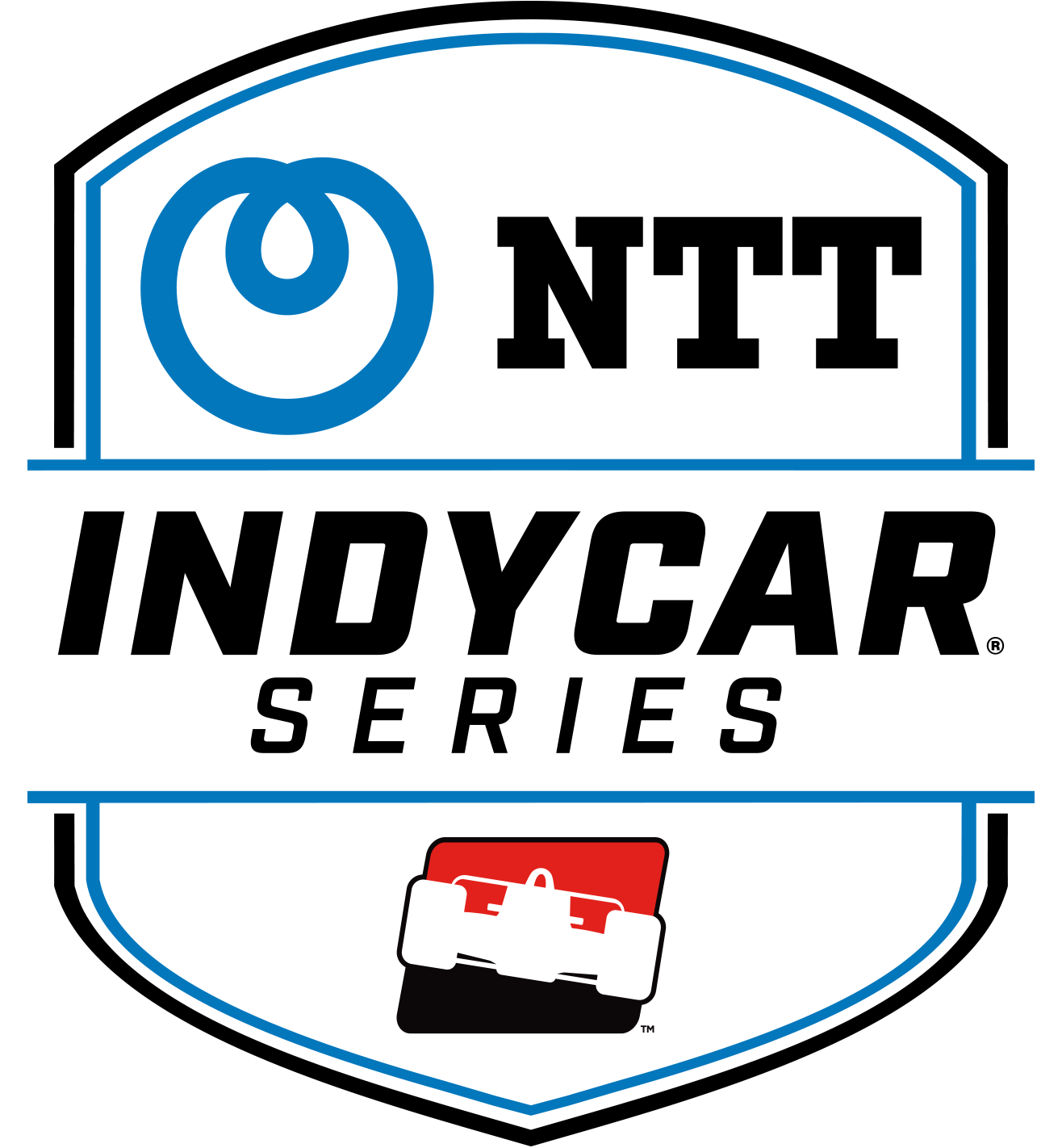INDYCAR approves Lotus' modifications schedule
JUN 28, 2012
INDYCAR this week approved Lotus’ request to modify multiple homologated parts to improve performance of its 2.2-liter, twin-turbocharged V6 engine pursuant to engine technical regulations established before the 2012 IZOD IndyCar Series season.
At mid-season and again at the end of the year, manufacturers whose engines are statistically more than 2½ percent deficient in power may, at the discretion of INDYCAR, make improvements to components to be homologated. Alterations are intended to put the engine within the 2½ percent window, and they will be introduced on only new engines being sent to the track.
Manufacturers must present data to support their case, which is reviewed along with relevant data collected by the sanctioning body’s engine support engineers. Manufacturers provide which components they seek to modify, along with projected gains and their scheduled introduction.
Lotus’ first modification is scheduled to be introduced at a July 2 test at Mid-Ohio Sports Car Course with the No. 78 Lotus-HVM Racing car driven by Simona de Silvestro. Subsequent modifications are scheduled to be incorporated for the Honda Indy Toronto on July 6-8, the Indy Grand Prix of Sonoma (Aug. 26-28) and the Grand Prix of Baltimore (Sept. 2-4).
"Lotus has been working with outside engineering firms, in conjunction with Mr. John Judd and his enterprise (UK-based Engine Developments Ltd.),” Lotus IndyCar manager Olivier Picquenot said. “The purpose is to get some outside help to assist in the new development plan for the Lotus engine. Everyone has been working well together and looking to make some quick progress in a concrete way.
“Now that the IndyCar Series has giving us permission to improve the engine performance, things will be moving soon.”
INDYCAR director of engine development Trevor Knowles said Chevrolet and Honda have been apprised of Lotus’ modification schedule. Old parts remain homologated until 2013.
The engine rules will be stable through the 2016 IZOD IndyCar Series season, with any corrections or modifications decided by INDYCAR after consultation with the INDYCAR Engine Committee.
Homologated components held in secure storage:
• Left and right cylinder heads complete with one cylinder’s valves, cam followers, cam bearings and camshafts. These are to be fitted using light springs, not the production valve springs, to allow valve lift vs. camshaft angle to be measured.
• Cylinder block including sump
• Plenum upper and lower
• Compressor inlet and outlet air ducts
• An example of each different design of fuel injector – indirect and direct
Hard copies of drawings to be held in secure storage:
• Piston sleeve
• Connecting rod
• Crankshaft
• Inlet and exhaust manifold faces on cylinder heads
• Inlet and Exhaust camshaft blank
• Rockers
• Inlet and Exhaust valve lift profiles
• Inlet manifold
• Throttle body and butterfly
• Fuel rails – Indirect and direct
• Engine loom(s)
• Interface loom



















